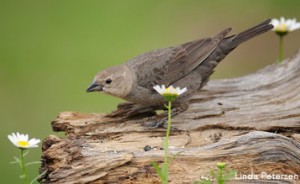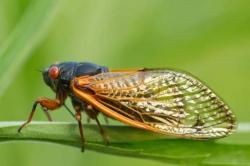Scientists say carbon emissions must fall quickly to avoid ‘worst-case scenario’ sea-level rise
By Emily J. Gertz
TakePart
Sea-level rise has sped up over the past decade and continues to accelerate at a rate of about 12 percent a year.
For the first time, scientists have been able to show that the reality of sea-level rise aligns closely with projections made by the Intergovernmental Panel on Climate Change, said Christopher S. Watson, a climate scientist at the University of Tasmania in Australia and coauthor of the new research, published Monday in the journal Nature.
The IPCC is the United Nations’ scientific group for assessing the advance and impacts of climate change.
For coastal nations, accelerating sea-level rise could mean more deaths and injuries—as well as greater damages—from storm surges and flooding in the next several decades.
“In Australia, there’s about $226 billion worth of infrastructure in the way of that sea-level rise, and that’s before you take into account the ecosystems,” Watson said. Looking to the northern hemisphere, “Hurricane Sandy is a good example [that] the previously once-in-a-lifetime floods are going to become a lot more frequent.”
Two hundred thirty-three people died in the U.S., Canada, and Caribbean nations during 2012’s Hurricane Sandy, which caused almost $1 trillion in direct damages—including more than $68 billion in the New York metropolitan area alone.
With the New York area’s sea level already a foot higher than it was a century ago, experts have estimated that powerfully destructive storms on the order of Sandy will occur up to four times more often by the time a baby born today is 85.
Last year, the think tank Global Climate Forum estimated that globally the dollar costs of sea-level-related disasters could rise from $25 billion per year (on average) to upwards of $100,000 billion per year by 2100. Countries must increase their spending on flood and storm protections by tens of billions of dollars, the group recommended, to cut the deaths, injuries, and economic costs of such climate change–driven disasters.
But barring a major reduction in greenhouse gas emissions in the next few decades, Watson said, the world is on track to hit the IPCC’s “worst-case scenario” of a three-foot global sea-level rise by 2100.
The earlier projections, which suggested that sea-level rise was slowing down, did not factor in that larger geological forces cause land in many places to sink or rise, Watson said. “To achieve the accuracy that we want for sea-level studies, you have to take into account those very small motions,” he said, even if it’s only a few tenths of an inch per year.
To get an accurate picture of sea-level rise, Watson and his colleagues combined measurements from tide gauges around the world—the traditional method for tracking sea levels—with global positioning system measurements of land height since 1993. The combined data reduced the figures for mean sea-level rise by 15 percent, from 0.13 inches a year to between 0.09 and 0.11 inches. But by taking into account land motion, the scientists demonstrated that total sea-level rise is accelerating by 0.002 inches a year.
International negotiations are already under way to reach a binding global treaty on controlling greenhouse gas emissions. They will come to a head late in 2015 at a Paris conference. Observers already fear that whatever comes out of these talks will be too weak to hold off the worst impacts of climate change.
Rising temperatures, caused by burning fossil fuels, are raising sea levels in two primary ways. Oceans, which cover 70 percent of the Earth’s surface, are absorbing about 90 percent of the increased heat, causing seawater to expand and take up more room in the ocean basins.
The higher temperatures have also increased the melt rate of the world’s two largest ice sheets, on Greenland and West Antarctica, as well as mountain glaciers worldwide. Eventually, water from these land-based stores flows into the ocean, raising the sea level further.
“It’s like turning on another tap in the bathtub,” said Watson.
The next step in the research is to look more closely at regional rates of sea-level rise, which can vary considerably owing to local geology, ocean currents, and other factors, he said, so that nations and cities can plan effectively for an even hotter, wetter future.
“I think that our agencies, regionally, need to consider the impact of rising sea level and plan accordingly,” Watson said. “The community has the right to consistent info on these things. I think there are parts of the world where that information has been inconsistent.”
“Adaption is going to happen,” he added. “Sea level is rising, full stop. We need to be able to adapt, and the community needs better information to be able to do so.”



